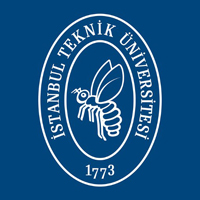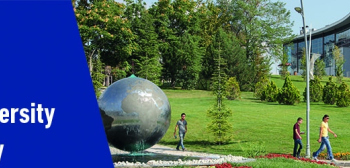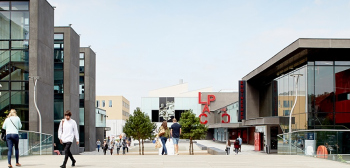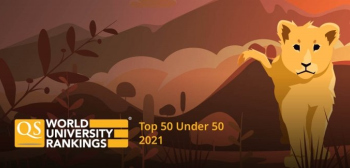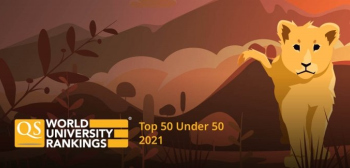伊斯坦布尔理工大学
About
About
University highlights
- 2012#501- 550
- 2014#551-600
- 2015#501-550
- 2016#551-600
- 2017#651-700
- 2018#601-650
- 2019#651-700
- 2020#651-700
- 2021#751-800
- 2022#701-750
- 2023#601-650
- 2024#=404
- 2025#=326
- 2026#298
Campus locations
Student Affairs, İTÜ Ayazağa Kampüsü 34469, Maslak-Istanbul, TR,
Student Affairs , Maslak-Istanbul , Türkiye , 34469
Ayazaga Main Campus, İstanbul, TR,
Ayazaga Main Campus , İstanbul , Türkiye ,
Gumussuyu City Campus, İstanbul, TR,
Gumussuyu City Campus , İstanbul , Türkiye ,
Macka City Campus, İstanbul, TR,
Macka City Campus , İstanbul , Türkiye ,
Student Affairs, İTÜ Ayazağa Kampüsü 34469, Maslak-Istanbul, TR,
Student Affairs , Maslak-Istanbul , Türkiye , 34469
Taskişla City Campus, İstanbul, TR,
Taskişla City Campus , İstanbul , Türkiye ,
Tuzla, İstanbul- Anatolian side, TR,
Tuzla , İstanbul- Anatolian side , Türkiye ,
Similar Universities
Atilim大学
Kizilcasar M. Incek, Ankara
Karlshochschule International University
Karlsstr. 36-38, Karlsruhe
ALBA研究生商学院
Alba Graduate Business School , The American College of Greece, Athens
蒙特雷音乐学院,蒙特雷校区
Eugenio Garza Lagüera & Rufino Tamayo, Monterrey
福克斯商学院,天普大学
Alter Hall, Philadelphia
Related content

7 Ways to Throw a Student ‘F…

Thanksgiving Traditions at T…
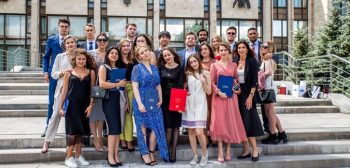
Why Russia is the Perfect St…

QS Top 50 Under 50 2020

Top Universities in the Worl…

十大最适合女性海外工作的地方

Top Universities for Physics…


